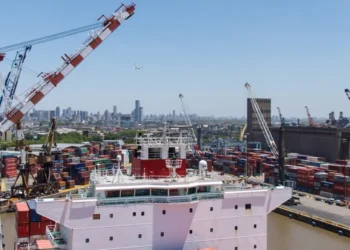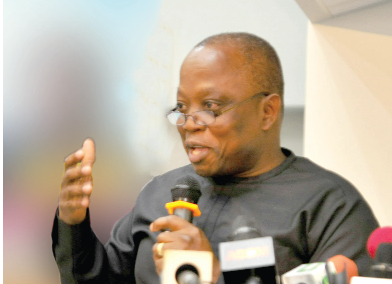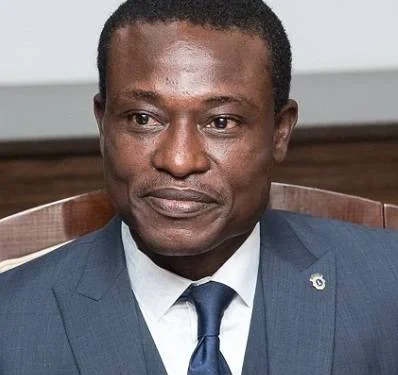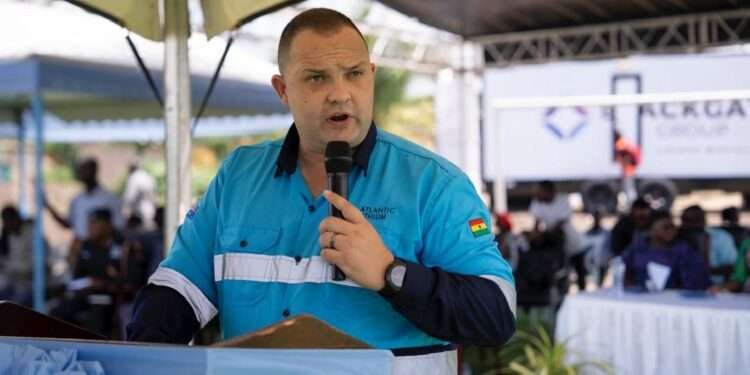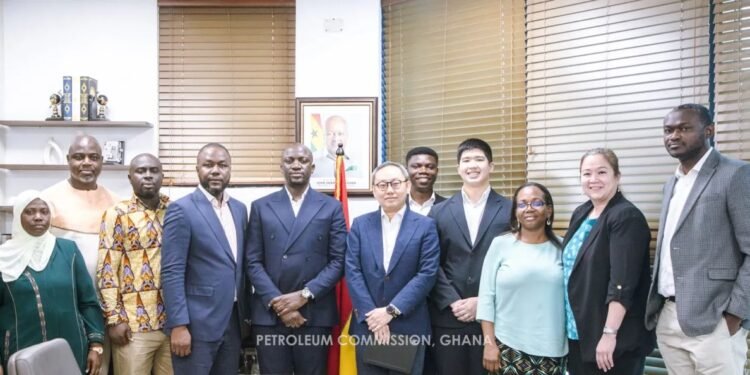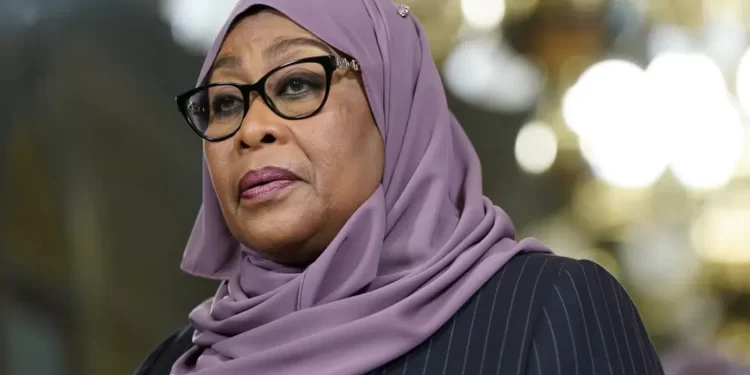Ghana’s economy, largely described by many as a ‘no job’ economy, can benefit from the World Bank’s path to creating jobs and reducing poverty in developing countries.
Unemployment and poverty are part of the unfortunate characteristics of the Ghanaian economy. Though the unemployment rate was below 3.5% between 2017 to 2024 according to the International Labour Organization (ILO), many still struggle to gain suitable employment. In terms of poverty, 2 out of 5 Ghanaians were multidimensionally poor in 2017, according to the 2020 Multidimensional poverty report for Ghana.
The World Bank believes that the best way to reduce poverty is by creating jobs for the people of Ghana. Through job creation, the country will prosper, be self-sufficient, and build a strong labour force.
“Job creation is one of the most effective ways to defeat poverty and grow prosperity, helping countries build self-sufficient economies and a strong labor force. It can also strengthen global stability and address the root causes of unrest and migration.”
World Bank
Unemployment in Ghana
The International Labour Organisation (ILO) define unemployment as “all those of working age who were not in employment, carried out activities to seek employment during a specified recent period and were currently available to take up employment given a job opportunity.”
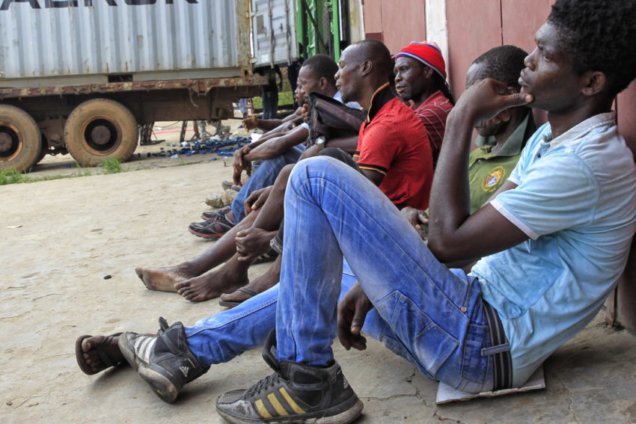
The unemployment rate expresses the number of unemployed as a percentage of the labour force.
According to ILO, unemployment in Ghana was as low as 2.2% in 2013, rose to 4.4% in 2014, and further rose to 6.8% in 2015. The rate declined to 5.2% in 2016, and then between 2017 and 2024, the unemployment rate was between 3.0% and 3.4%.
Poverty in Ghana
According to the Multidimensional Poverty report for Ghana, 2020, as at 2017, the incidence of multidimensional poverty is 45.6%. This means that at least two out of every five Ghanaians are identified as multidimensionally poor.
The indicators that contribute most to multidimensional poverty in Ghana are lack of health insurance coverage, undernutrition, school lag, and households with members without any educational qualification.
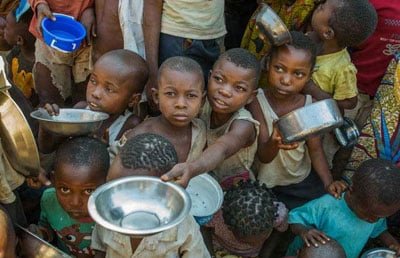
The intensity of poverty, which reflects the share of deprivations each poor person experiences on average, is 51.7%. This means that poor people experience, on average, more than half of the weighted deprivations. Each poor person is, on average, deprived in about 52% of the weighted indicators–implying that a multidimensionally poor person is deprived in six of the 12 weighted indicators, on average.
The dimensions for measuring poverty are the living standards, education, and health. Under these three are indicators that reflect country context to ensure accuracy and usefulness of data to the target group.
Under standard of living, there are 7 indicators: cooking fuel, water, assets, housing, overcrowding, electricity, and sanitation. Education level has 3 indicators: school attendance, school attainment, and school lag. The health dimension has 2 indicators, which are nutrition and health insurance. These indicators are Ghana-specific and reflect the Ghana context.
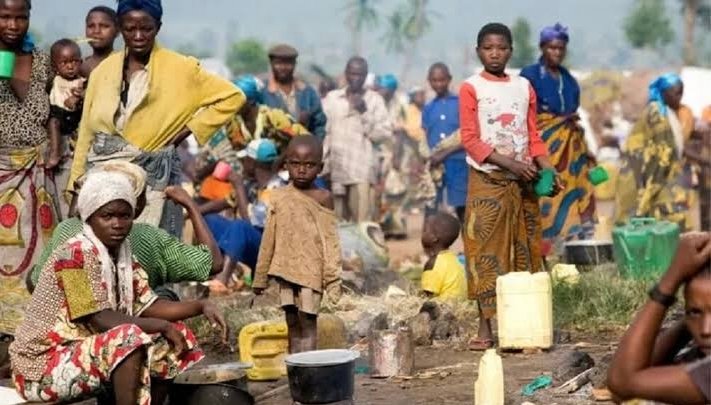
The rural population that are multidimensionally poor was 64.6% and that of urban population was 27.0%. According to the report, the Northern Region recorded the highest rate of multidimensional poverty – with every eight out of ten persons being multidimensionally poor (80.0%), followed by the Upper East Region – with close to seven out of every ten persons being multidimensionally poor (68.0%).
The percentage of the population that are vulnerable to multidimensional poverty is 31% and 21.4% of the population are considered to be in severe poverty.
World Bank’s Strategy
The World Bank views job creation beyond just providing income but also as “a sense of dignity and purpose.” When jobs are provided for the Ghanaian, it will “unlock potentials, empower women, engage young people, and make communities stronger.”
The World Bank has, for the past few years, adopted and undertaken three approaches to fight poverty and unlock prosperity for developing countries. They include;
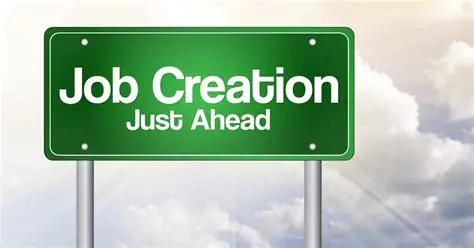
Fundamental infrastructure for job creation must be established by the government. The World Bank established that “creating jobs starts with public sector support.” The infrastructure investments lay the foundation for sustained economic growth. There can be no job creation if there is no “investment in health care, education, skills training, clean air and water, transportation, and energy required for people and businesses to thrive.”
Also, there must be strengthening of governance and policies. While public investment is made, “stronger governance and business-enabling policies and a predictable regulatory environment are also needed.” The government must reduce corruption, form better tax systems, and promote discipline and transparency.
In addition, Ghana must mobilize private capital at scale. According to the World Bank, “public finance alone will not deliver the investment necessary to develop a vibrant private sector that creates jobs and sustained growth.” They added that “the private sector also needs to be mobilized—small, medium, and large businesses alike—as a dynamic private sector can catalyze entrepreneurship, competition, and, ultimately, demand for labor.”
There are many infrastructure projects ongoing in Ghana. Maybe Ghana is on the right track. Ghana is indeed on the right track if today’s actions are sustained into the future.
READ ALSO: IMF Endorses Ghana’s Policy Gains, Expects Positive Momentum to Continue into 2026




